Top image: American POWs of the Japanese captured in the Philippines faced brutal conditions. This sketch by one POW depicts conditions in Cabanatuan. Library of Congress
At the beginning of January 1945, Filipino guerrillas relayed to General Douglas MacArthur’s Allied headquarters a shocking report about an incident involving American prisoners of war (POW) of the Japanese on Palawan, the westernmost island in the Philippine archipelago. This is the story of the massacre on Palawan. Subsequent parts will cover the story of survivors and the guerrillas who aided them and the legacy of the massacre and the call for action.
After the fall of the Philippines in 1942, American POWs initially were kept in filthy, crowded camps near Manila. Over time, the majority of those POWs were transported to other parts of Japan’s wartime empire to serve as slave laborers.
In August 1942, the Japanese sent 346 American POWs from the Manila area to a compound known as Camp 10-A on Palawan to build an airfield at Puerto Princesa. The compound consisted of old Filipino constabulary buildings, and conditions there were brutal. Escape attempts brought summary executions. The POWs suffered frequent beatings and mistreatment from their Japanese guards, food was the barest minimum, and disease and injuries went untreated. Although the POWs finally received Red Cross packages in January 1944, the Japanese had removed all the drugs and medical supplies.
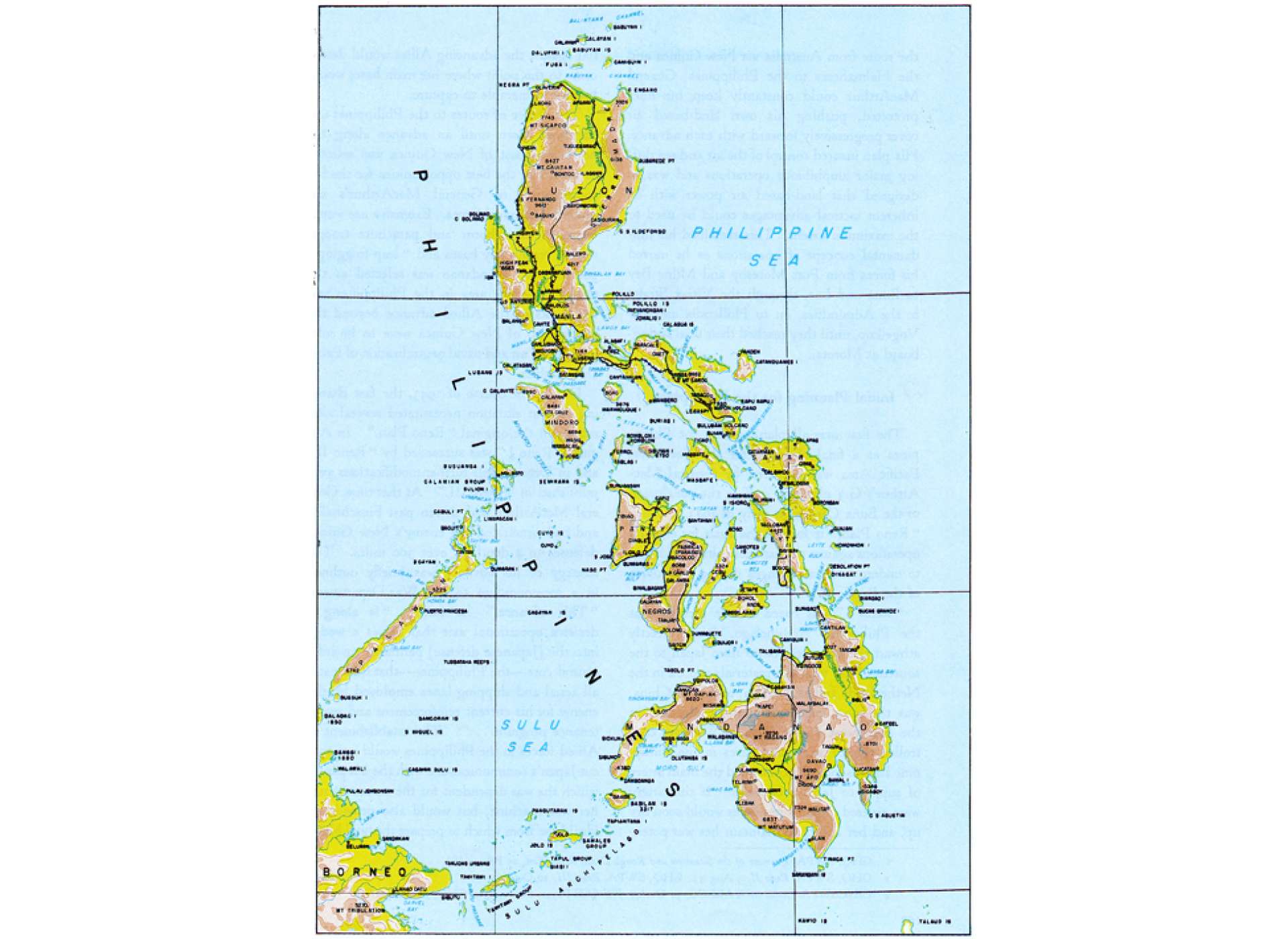
The Philippines Islands with Palawan Province depicted as the westernmost island in the Philippine archipelago. Courtesy of the US Army, Reports of General MacArthur: The Campaigns of MacArthur in the Pacific, Vol. 1, Plate No. 48
Bare footed and wearing loin-cloths, the prisoners performed back-breaking work. With only simple, improvised tools, they felled trees and cleared land, leveled the area for a 3,000 yard-long airstrip, hauled coral and crushed it by hand into gravel, poured concrete, and performed other manual labor. The work progressed as the Japanese guards pushed the POWs to work faster. One soldier, Daniel Crowley, recalled the conditions, “You worked, or you were beaten; if you objected, you were beaten to death.” In September 1944, work on the airfield had progressed to the point the Japanese ordered 159 POWs to return to Manila, retaining 150 on Palawan to complete the work on the airfield.
In late October 1944, MacArthur returned to the Philippines. Allied forces landed on the island of Leyte, seized a beachhead, and continued the campaign inland. Allied air attacks in the Philippines stepped up to support the campaign.
On October 19, an American B-24 Liberator sank three small intercoastal ships and damaged several aircraft at Puerto Princesa. An attack by Liberators on October 28 reportedly destroyed as many as 60 aircraft on the ground. American air attacks continued, and the POWs were put to work repairing the damage to the airfield from those attacks. Smith recalled, “After that, well, it was a daily routine.”
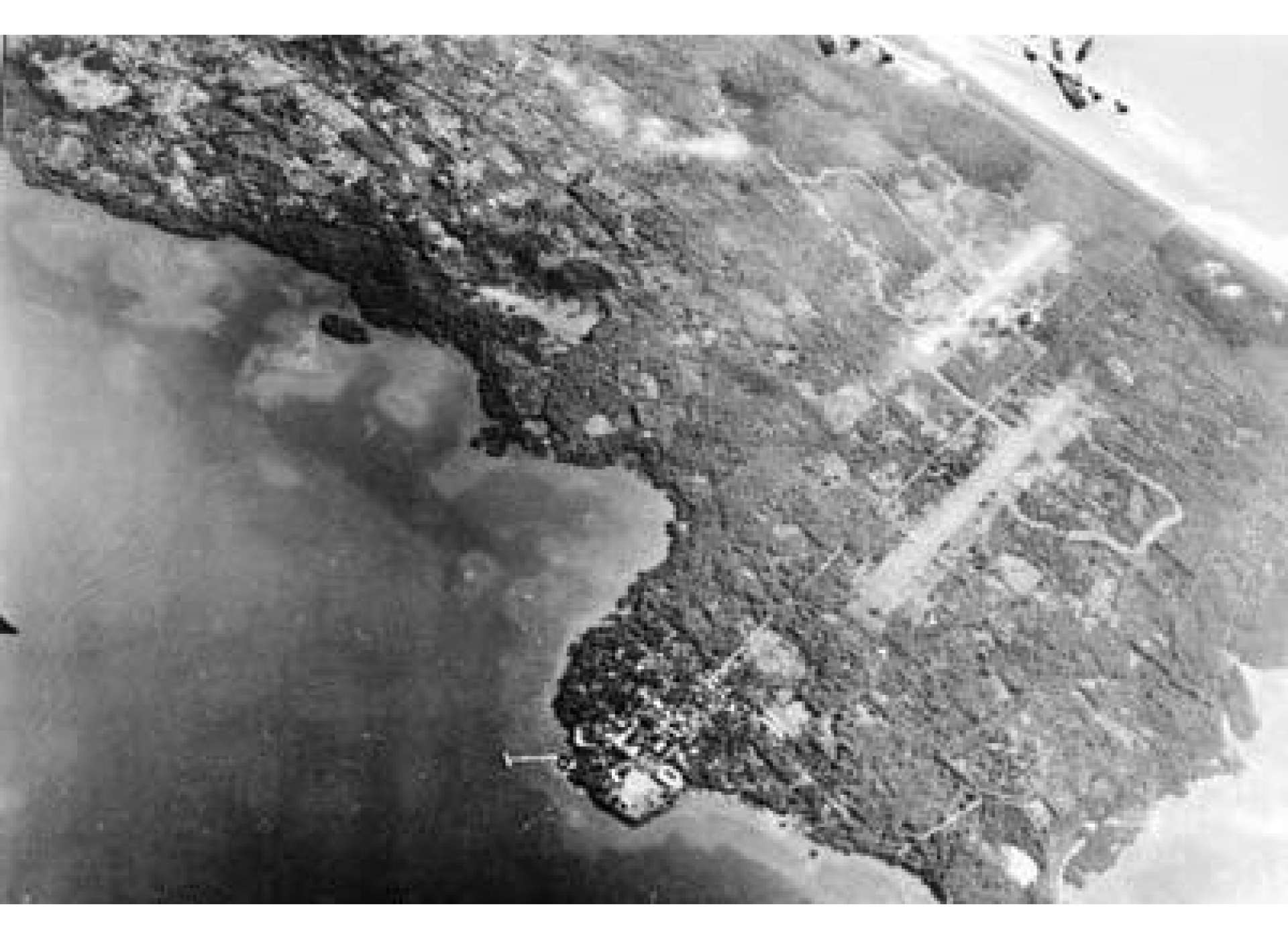
An aerial view of American B-24s over Puerto Princesa Airfield, Palawan. The airfields at Puerto Princesa were constructed by the American POWs from Camp 10-A nearby, who in the fall of 1944 also were forced to make repairs on an almost daily basis. USAAF photo
“Whether they are destroyed individually or in groups or however it is done, with mass bombing, poisonous smoke, poisons, drowning, decapitation, or what, dispose of them as the situation dictates.” The guidance was “to annihilate them all, and not to leave any traces,” the last part an apparent acknowledgement that the directive being issued was a flagrant violation of internationally recognized conventions on the treatment of POWs and non-combatants.
Consequently, in November, MacArthur sent a warning to the Japanese commander-in-chief in the Philippines, Field Marshal Count Hisaichi Teruchi. MacArthur informed his Japanese counterpart that he would be held responsible for the abuse of POWs, civilian internees, and civilian non-combatants. MacArthur reminded Teruchi that those groups must “be accorded the dignity, honor and protection provided by the rules and customs of war.” MacArthur relayed that he had been furnished “unimpeachable evidence” of the degradation and brutality to which American POWs had been subjected “in violation of the most sacred code of military honor.” To ensure the message was received by the commander-in-chief and by his subordinates, the Allies dropped leaflets throughout the Philippines on November 25.
A couple weeks later, the commanding general of the Japanese 2nd Air Division, Lieutenant General Seiichi Terada, headquartered in the Philippines, had other concerns. Believing an Allied convoy was on the way, he radioed instructions to the 131st Airfield Battalion, the Palawan garrison, on the evening of December 13. Afterwards, the battalion commander, Captain Nagayoshi Kojima, told his subordinates that due to an imminent Allied invasion the 150 American POWs were to be annihilated. Each of his soldiers were issued 30 rounds of ammunition.
On the morning of December 14, the Japanese guards at Camp 10-A roused the POWs around 2:00 am. The prisoners noticed additional guards in the camp, but most shrugged that off as a response to the recent air raids. The POWs were soon at the airfield filling bomb craters.
About 11:00 am, however, the Japanese soldiers signaled the POWs to stop working. The Americans were marshalled to one side of the runway. There Lieutenant Yoshikaza Sato announced, “Americans, your working days are over!” Following that statement, the guards herded the men into waiting trucks which returned them to camp.
A little while after the trucks reached Camp 10-A, the air raid siren, an old church bell, sounded when two American P-38 Lightnings were sighted. The planes were at high altitude and moving away, and the POWs did not take them seriously. The alarm sounded again, and then a third time. Lieutenant Sato screamed, “They’re coming!” He added, “Planes—hundreds of planes.”
The men were quickly herded into three air raid bunkers they had built several weeks before. Each shelter held about 40 to 50 men and consisted of a long trench, about five feet deep, covered with logs, palm fronds, and soil. Each had a small access opening at one end. Another small shelter was constructed for the four American officers in the camp. When Navy signalman C. C. Smith refused to go into the shelter, Sato split his head in two with his saber.
In previous raids, the Americans stayed in the shelters until the “all clear” was given, but on December 14, they were kept in the bunkers for more than an hour. On that day, Lieutenant Sato ordered the POWs to stay in the shelters. Guards angrily struck any prisoner who tried to look out, clubbing them with rifles or prodding them with bayonets or swords.
According to the later testimony of one of the guards “Captain Kojima appeared and announced it was necessary to kill the POWs.” The commander of the garrison company Lieutenant Sho Yoshiwara ordered the Japanese soldiers to fix bayonets and load five rounds, the capacity of a standard magazine. He then personally positioned his soldiers and “ordered those with rifles and machine guns to kill any POW who came out of the air raid shelters.”
Suddenly, five Japanese soldiers doused the first shelter and the tunnel entrance with buckets of high-octane aviation fuel, and two others threw torches to ignite the fuel. The small bunker with the four American officers was similarly set alight. The tightly-packed shelters quickly became infernos. As Americans attempted to break free, a machine gun opened up and guards fired their rifles into the shelter. Lieutenant Yoshiwara yelled, “Shoot them, shoot them.” Dead and wounded blocked the escape of others. With his clothes burning, Lieutenant Carl Mango, an Army Medical Corps officer, ran forward, pleading for the Japanese to stop. He was machine gunned down.
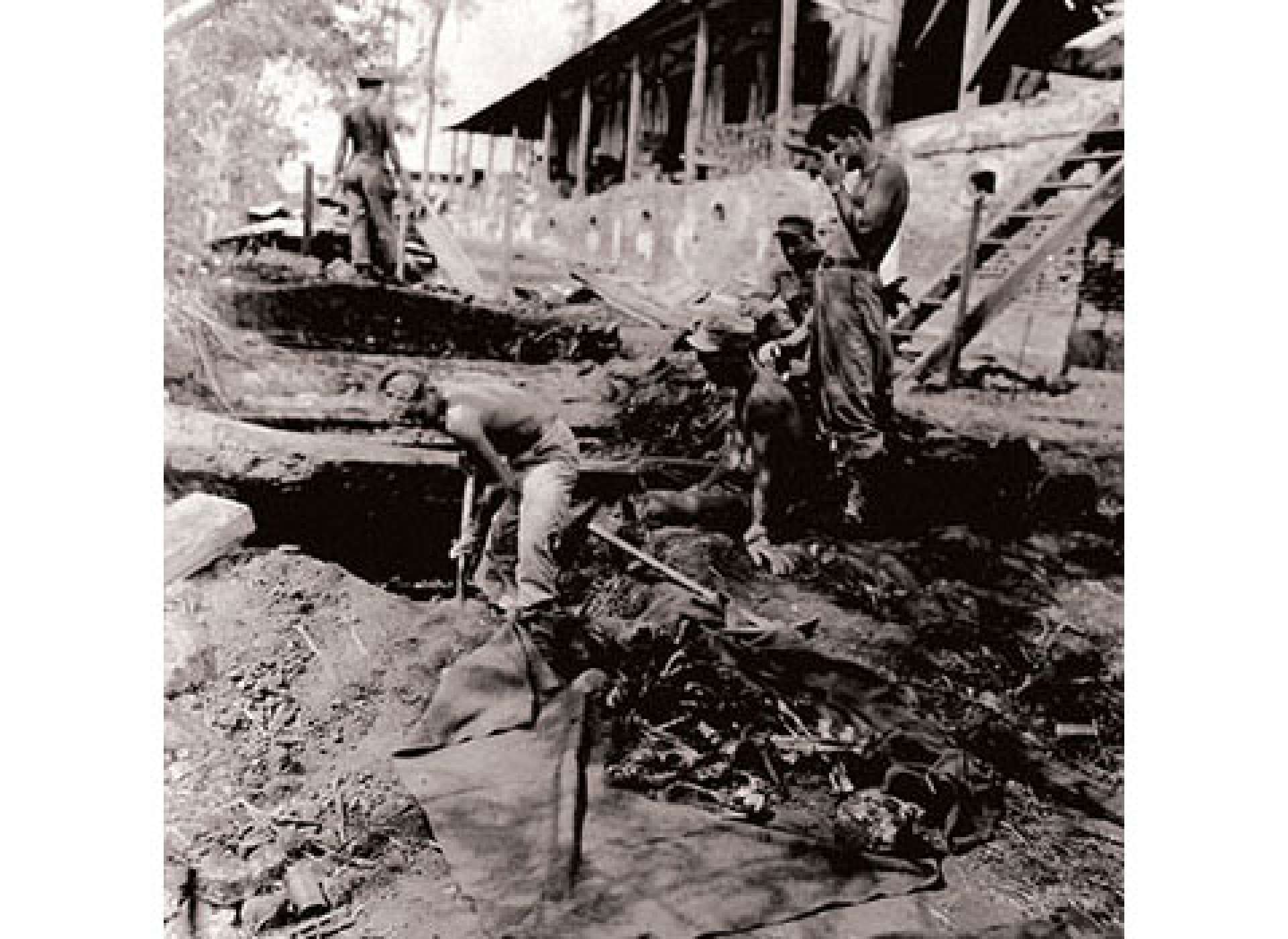
In March 1945, American military personnel worked to excavate the bodies from the first air raid shelter in which the American POWs were executed at Camp 10-A. Courtesy of the US Army.
Within seconds, the Japanese guards ignited the second large shelter in a similar manner; agonizing screams and machine gun fire filled the air. Soldiers threw grenades into the shelter entrance. The men in the final shelter had a few seconds warning; Marine Sergeant Rufus Smith shouted out that the men in the first trench were being murdered. As that happened, more than 30 Americans in the third shelter desperately managed to dig themselves out. They benefitted from a fissure at the back of the trench that they had concealed when constructing it. Escaping the shelter, many slid down the face of the cliff to the rocky beach below. Others tore through the barbed wire and scrambled for concealment.
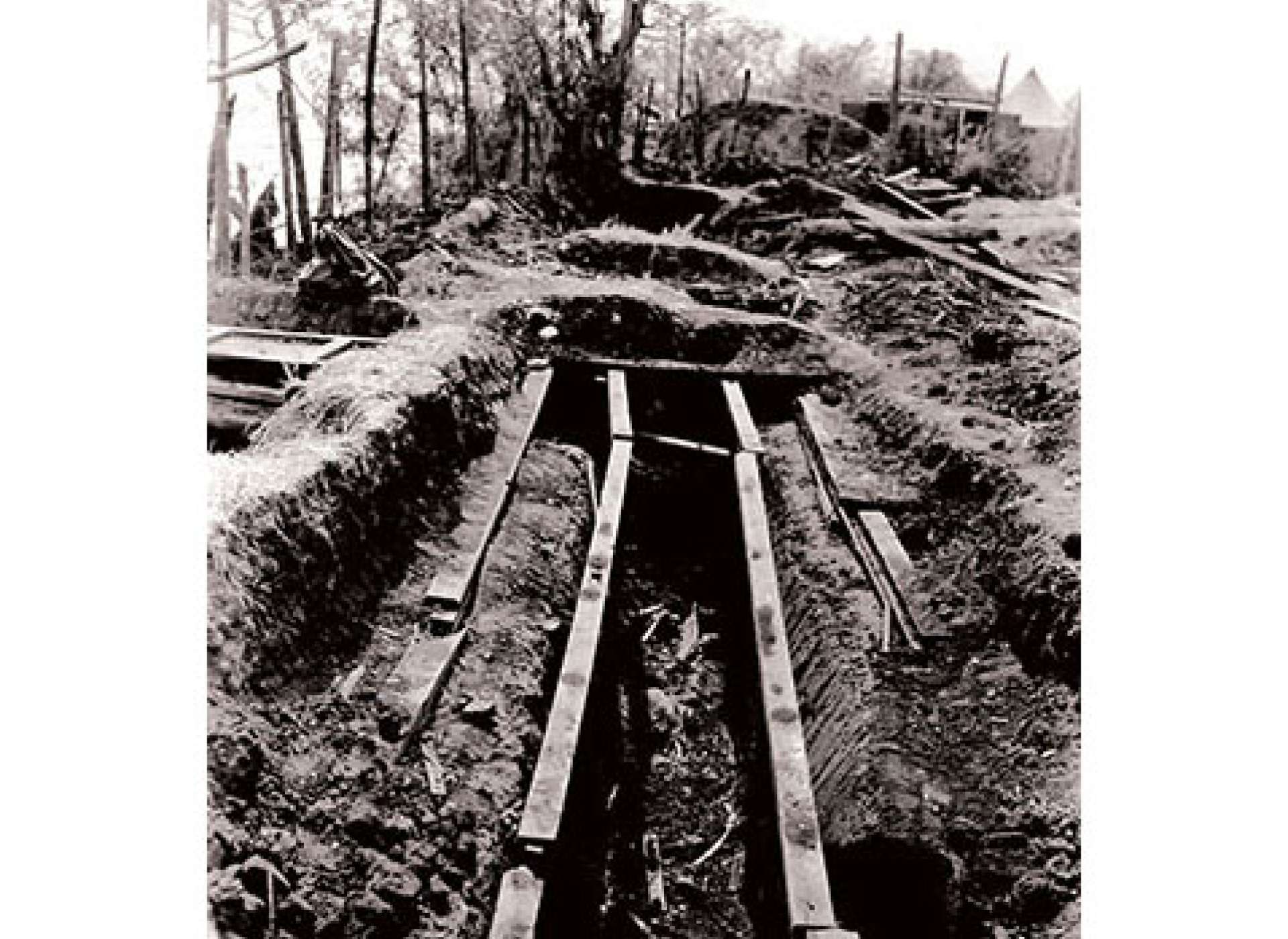
The recovery efforts in the second large shelter at Camp 10-A revealed the bodies of American POWs burned to death in the trench. Courtesy of the US Army.
Recognizing that some prisoners had escaped the last inferno, Japanese soldiers were ordered to pursue. The POWs they found among the rocks were cruelly killed. Some were shot or bayonetted in the stomach and left to slowly die. Wounded men were buried alive or set on fire as the guards laughed and cheered. Those who tried to swim for it were shot in the water. Dynamite forced men from their hiding places, only to be murdered.
The search paused when the Japanese soldiers heard the call for dinner. Filipinos later reported to the American authorities that officers of the Palawan garrison and members of the kempeitai, the military police of the Japanese Imperial Army, held a celebration that evening to commemorate the events of the day.
Lieutenant Sato ordered his men to dump the stray bodies in the trenches. They splashed aviation fuel in the trenches, setting it alight. To make it appear as if the shelters had sustained direct hits from an American air attack, they threw in sticks of dynamite and grenades. The smoke from the fires could be seen across Puerto Princesa Bay. Filipino guerrillas soon learned that the Japanese claimed to have killed 149 of their 150 POWs that afternoon.
The diary entry of a Japanese sergeant major for December 15 noted that although they had been POWs, “They truly died a pitiful death.”
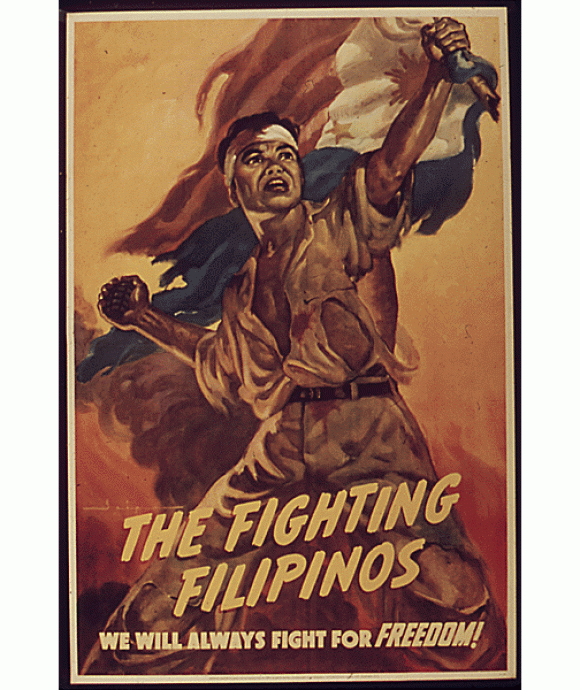
Part 2: Survival, Resistance, and Escape on Palawan
Incredibly, a handful of American POWs managed to survive the Palawan massacre and with the aid of Filipino guerrillas reached safety.
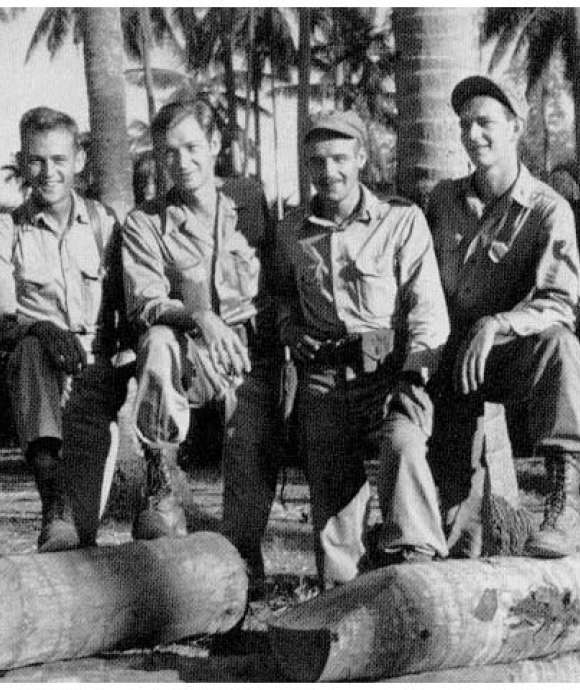
Part 3: Call for Action and Liberation in the Philippines
As General Douglas MacArthur’s campaign on Luzon was underway, news of the Palawan massacre produced a call to action to save thousands of Allied POWs and civilian internees from a similar fate. With the extraordinary assistance of Filipino guerrillas, four daring raids were launched behind Japanese lines to liberate those camps.
Michael S. Bell, PhD
Mike Bell is the Executive Director of the Institute for the Study of War and Democracy.
Cite this article:
MLA Citation:
APA Citation:
Chicago Style Citation:
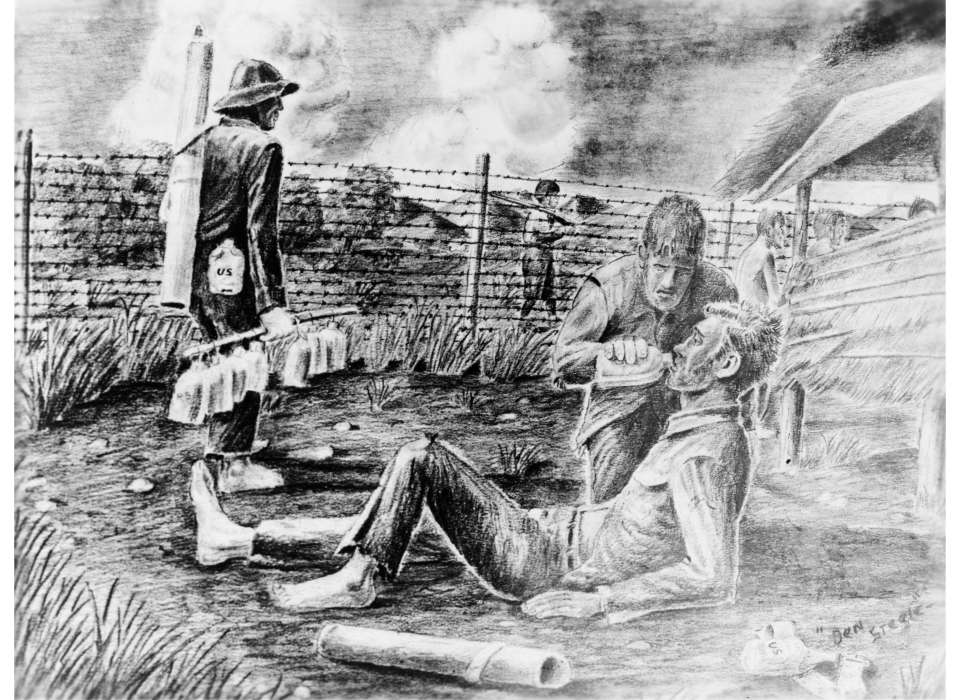






![Max Fuchs, New York City cantor, sings as Rabbi Sydney [sic] Lefkowitz, Richmond, VA, conducts the first Jewish services from Germany.](/sites/default/files/styles/max_650x650/public/2025-10/image1.jpg)

